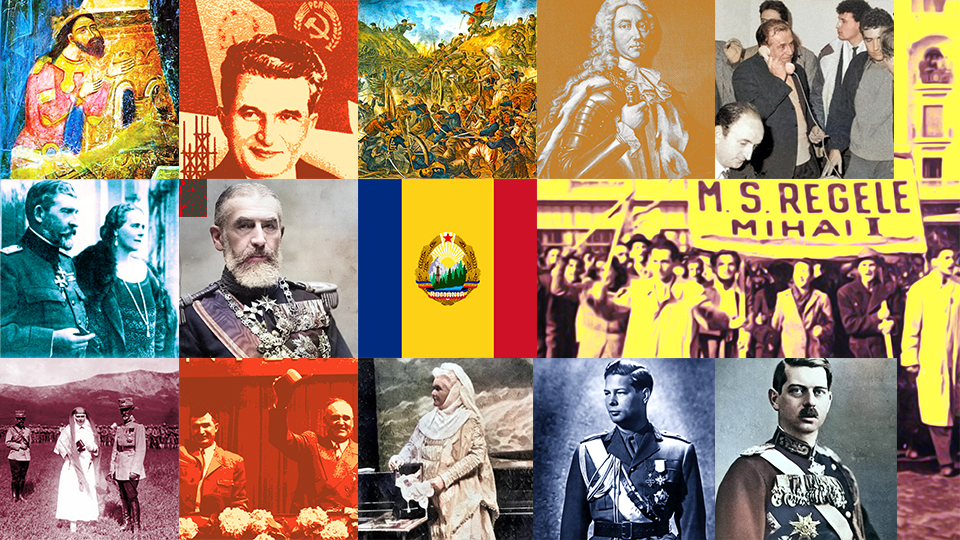100 years since the events of December 13, 1918
The Bolshevik revolution of 1917, which had secured the victory of Communism in Russia, was only the beginning of anarchy.

Steliu Lambru, 24.12.2018, 12:59
The end of WWI did not bring the peace everybody had been waiting for. Europe had got rid of the war, but it had also entered a troubled period when revolutions and lingering armed conflicts brought about uncertainty. The Bolshevik revolution of 1917, which had secured the victory of Communism in Russia, was only the beginning of anarchy. All over Europe, Communist agitators were trying to take advantage of the postwar wounds and weakness to set up a society after the model set by Marx and Engels, according to which liquidation of private property and the elimination of human exploitation were the recipe for happiness. But European societies wanted peace and therefore reacted towards annihilating the danger posed by the Soviet regime.
In Romania as well, radical Communist and Socialist groups organized themselves and tried to take over power, as it happened on December 13, 1918 on Calea Victoriei – Victory Road near the Royal Palace. The government’s reaction was tough and people died. On December 6, 1918, typographers had gone on strike, asking for bigger salaries and an 8-hour work day. On the same day, they announced another strike. This second strike turned into a protest rally which was joined by the Socialists who shouted slogans against the Romanian army, against the king and asked for the proclamation of the republic.
General Emilian Ionescu was a lieutenant in 1918, and in an interview of 1979, archived by the Oral History Center of the Romanian Radio Broadcasting Corporation, he gave details about those events: “I remember it was a gloomy, cold day on December 13, and general Stefanescu, who was in his cabinet at the Police Prefect’s Office on Calea Victoriei, was informed that groups of workers were gathering in the National Theater Square. I walked with him to the square, and indeed groups of workers were gathering in front of the Post Office and were advancing towards Calea Victoriei. Another group had gathered in front of the Trade Unions’ House where the Palace Hall now stands. Three regiments had been brought to Bucharest: the 9th Huntsmen regiment under the command of colonel Rasoviceanu, the 4th Rosiori regiment under the command of colonel Moruzi and the 1st Border Guards regiment under the command of colonel Stanescu. These regiments, who had been very brave in war, were brought to Bucharest as trustworthy regiments. They also brought the Mountain Huntsmen regiment under the command of the then Prince Heir, Carol.”
The events of those days on Calea Victoriei, at the junction with Ion Campineanu street, went down in history: “As the groups of workers were making their way towards the National Theater Square, a workers’ delegation came to ask for general Stefanescu’s permission to protest. That is to walk in front of the Royal Palace and remind King Ferdinand that in March 1917, on the eve of the battles at the gates of Moldavia, at Mărăşti, Mărăşeşti and Oituz, he had made some promises to the troops, which were to receive land, bread and freedom after the war.”
Protesters’ radicalization and the refusal of the authorities to have a dialogue led to a bloody ending of events. Emilian Ionescu has more: “General Stefanescu went to the Interior Ministry located on Academiei street and he talked to general Margineanu who was at the command point there, but the ministry did not accept the workers’ request. The military units with the 9th Huntsmen regiment and the Border Guards’ regiment made up the so-called ‘safety cordons’. Everybody was annoyed. Then a stampede started, as those who were coming from Campineanu street advanced, forcing their way to the square. Then general Margineanu got very annoyed and, realizing that clashes might occur, he ordered a machine gun platoon to occupy the area in firing position. The platoon belonged to Prince Carol’s regiment, was composed of 4 machine guns and was set in firing position with the barrels targeting Campineanu street.”
The action of the military left behind 16 people dead and tens of wounded among workers, but after taking over power between 1945-1947, the Communist regime provided different figures, namely 102 dead and hundreds of injured. Following investigations, socialist I.C.Frimu, who was arrested during the manifestation, died.
Emilian Ionescu showed the irregularities made by the authorities on that day: “The internal security regulations provided that, in the event of manifestations, a military prosecutor should be present and trumpeters were to make the summons. There was no military prosecutor there, no police officer, no trumpeter. Not even in such cases did the regulations provide for direct firing at the protesters. Warning fire for intimidation is stipulated instead. But the military fired directly at the people and the first shooting killed 87 people, among whom children and women.”
Although the number of the people killed is not certain, the circumstances in which those people lost their lives were exceptional. The chaos following the end of a destructive war, and the bloody totalitarian utopias that were emerging, proved that only democracy was the system that could provide solutions for normality.






























